
4 Pretty but To.xic Cups: I Sadly Realized My Home Had Them All
4 Pretty but To.xic Cups: I Sadly Realized My Home Had Them All
After discovering that these four types of cups shouldn't be used long-term because they can subtly harm my family's health, I bravely threw them all away.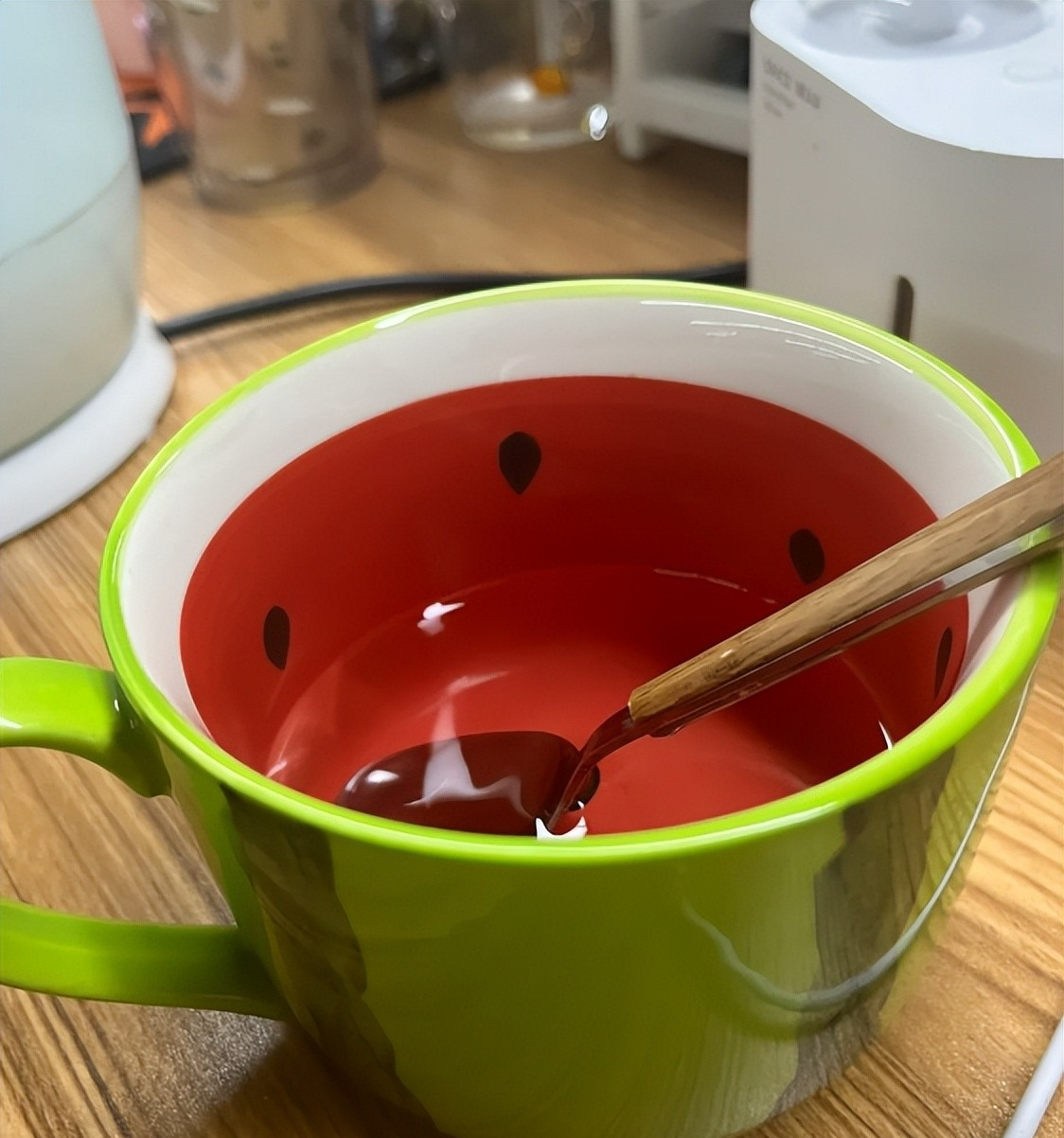
Choosing a drinking cup seems simple, but in reality, many types of cups widely sold on the market pose potential health risks. This is especially true for pretty, cheap, and trendy cups, which should be used with extra caution.
Below are four types of cups that are warned against for long-term use to protect your family's health. If you have them at home, you should immediately THROW THEM AWAY!
1. Iridescent Coated Cups (often called "ice" or "glacier" cups)
These cups with a rainbow-like, sparkling, color-changing surface are popular due to their eye-catching appearance. However, few people know that to create this iridescent effect, manufacturers often use cheap plating technology or add chemical additives of unknown origin.
Some of these cups may contain heavy metals like lead, cadmium, or even industrial dyes. When holding hot water, the colored coating can peel off or release harmful substances, which can then enter the user's body. According to some studies in China and Europe, the concentration of heavy metals in these types of cups can exceed permissible limits with long-term use.
How to spot them: After a period of use, the color layer on the cup's surface fades, peels, or changes color abnormally. If your cups at home have these characteristics, it's best to stop using them and replace them with safer alternatives.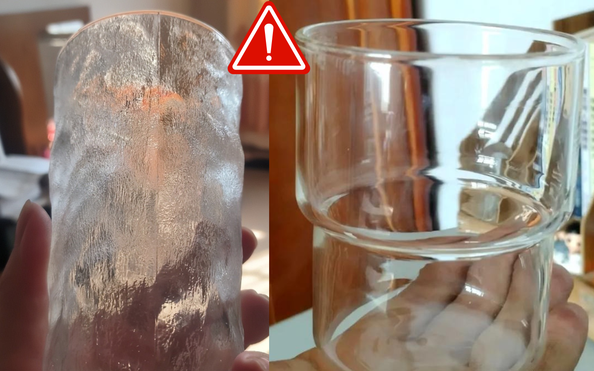
2. Ceramic Cups Decorated with Raised Patterns
Ceramic cups are a popular choice in many homes due to their elegant appearance and clean feel. However, not all ceramic cups are safe. The difference lies in the printing or drawing technique used for the patterns on the surface: cups decorated with raised patterns or decals applied after firing are often risky.
If the pattern is printed or drawn after the product has been fired (known as "on-glaze" technique), the color layer will be on the surface and can easily peel off over time, especially when exposed to hot water. When this happens, components like lead or heavy metals in the paint can leach into the drinking water. In contrast, "underglaze" cups (where the pattern is under a transparent glaze) are safer because the pattern layer is covered with glaze and fired at high temperatures, limiting the risk of chemical leaching.
Suggestion: When buying ceramic cups, choose those with clear information about their origin, material, and manufacturing technique. Avoid using cups with raised patterns that peel easily or without safety certifications.
3. Cheap, Large-Capacity Plastic Cups
Hot weather leads many people to choose large water bottles, one liter or more, to carry with them. But beware if it's a plastic cup of unknown origin or one that's excessively cheap.
Many large-capacity plastic cups on the market today are made from polycarbonate (PC) plastic. While this type of plastic was once commonly used, recent studies show that PC can release Bisphenol A (BPA) when exposed to high temperatures. This compound is suspected of being linked to endocrine disruption, affecting reproductive health and the nervous system, especially in children. Furthermore, some cheap plastic cups have even been found to be made from recycled plastic, which is not only less durable but also prone to leaching toxic substances even when holding only cool water.
Advice: If you need a large-capacity cup, choose products from reputable brands that explicitly state they are BPA-free, heat-resistant, and have food safety certifications.
4. "Too Clear" Glass Cups
Glass is generally considered a safe, clean material that reacts minimally to heat. But don't let its appearance deceive you. Some types of glass cups advertised as unusually clear and shiny may actually have lead added to enhance their brightness.
Lead-infused glass is often used in decorative products and is not intended for food. When exposed to hot water, especially mildly acidic liquids like lemon water or tea, lead can dissolve into the drinking water. In the long run, lead accumulation in the body can cause damage to the liver, kidneys, and nervous system.
How to spot them: Lead-infused cups often feel heavier than normal, produce a sharp, clear sound when gently tapped, and have a mirror-like transparency. You should avoid using these types of cups for beverages, especially hot ones.
Some Daily Cup Usage Tips
In addition to choosing safe materials, we need to keep the following three points in mind:
- Do not use cups of unknown origin in the microwave, especially plastic cups or brightly decorated ceramic cups.
- You should replace cups periodically if you notice signs of discoloration, peeling, or surface cracks.
- Prioritize choosing cups from brands with food safety certifications and verified standards.
News in the same category


This 'Humble' Vegetable Contains 36 Times More Calcium Than Bone Broth
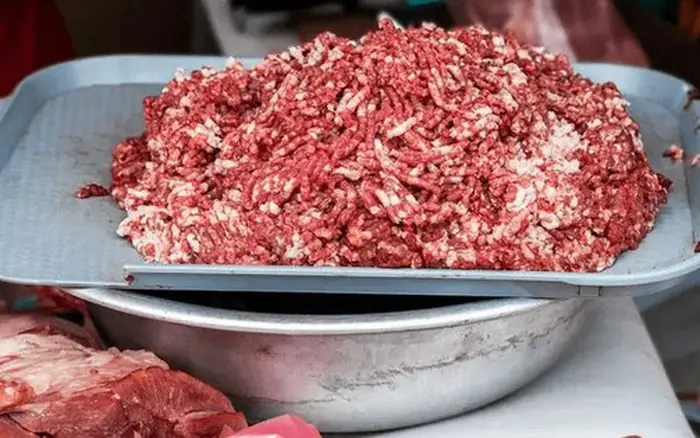
When you go to the market and see these 4 items, you must consider carefully before spending money to buy them and bring them home

What happens if you hold in your fart?
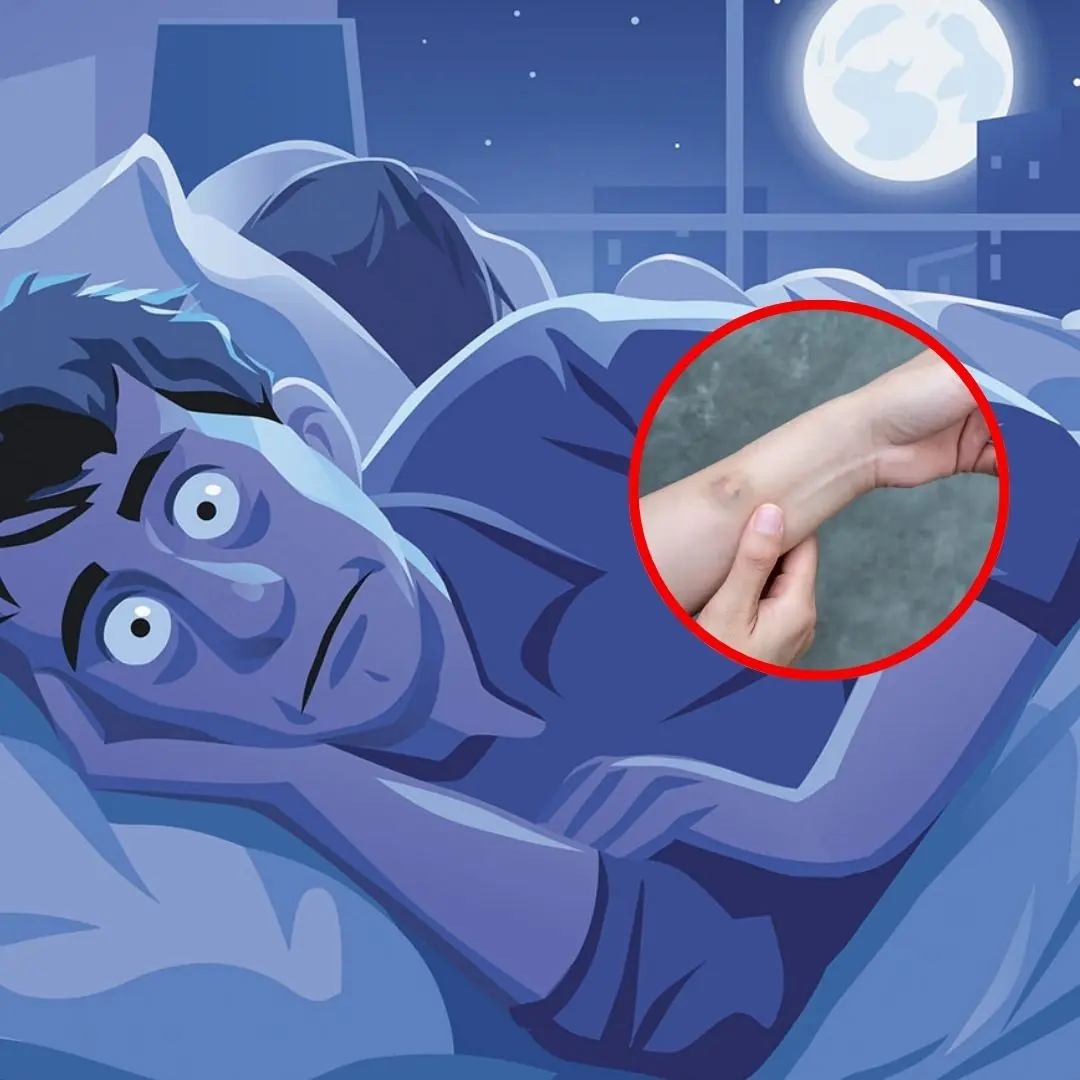
Have you ever wondered why when you wake up, mysterious bruises appear on your body?
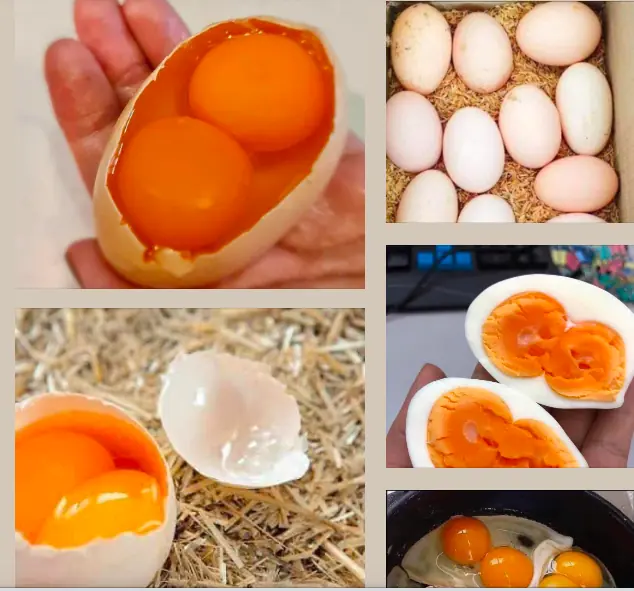
Are These Mutant Eggs Safe to Eat? The Truth About Double Yolks and Rainbow Shells

Eating These 5 Foods for Breakfast Is Like Shortening Your Lifespan — But Many People Still Love Them
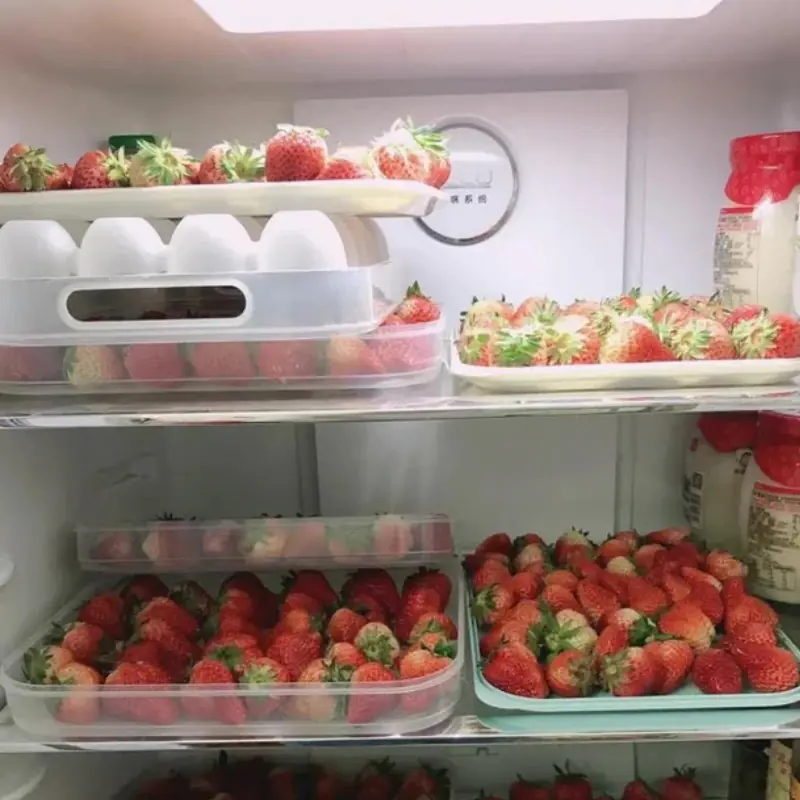
5 Foods That Stay Edible for a Whole Month at Room Temperature — But Spoil Quickly in the Fridge!
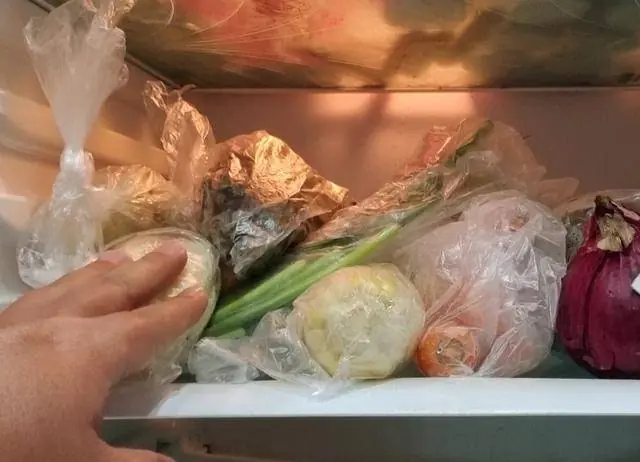
Putting plastic bags in the refrigerator causes can.cer? After hearing the truth, many people immediately ran to do 1 thing
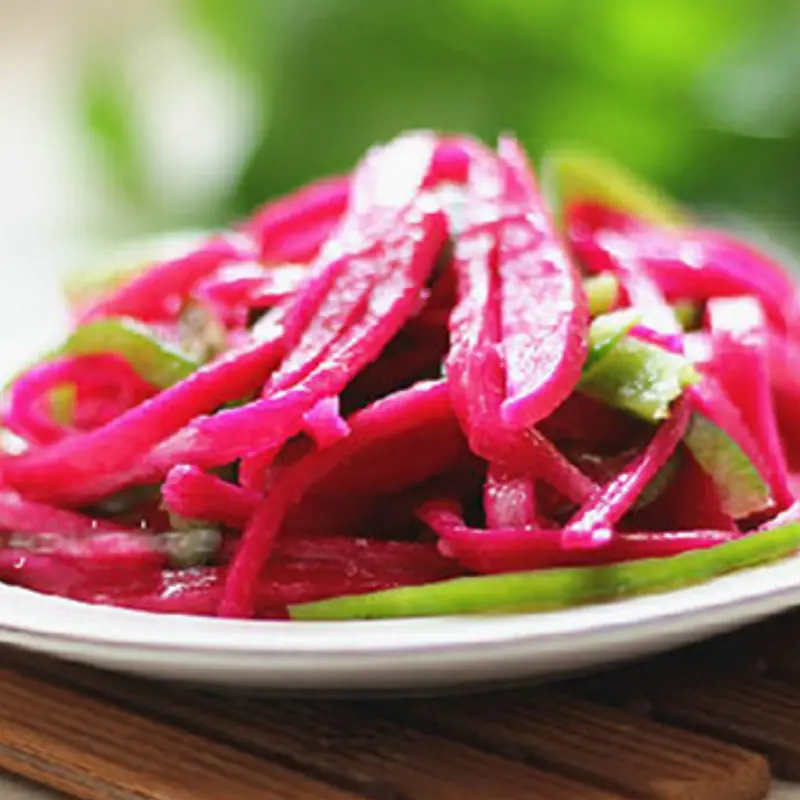
The Peels of These 3 Fruits Are Actually 'Pesticide-Free Vegetables': Cook 3 Delicious Dishes That Also Beautify Your Skin and Aid in Weight Loss
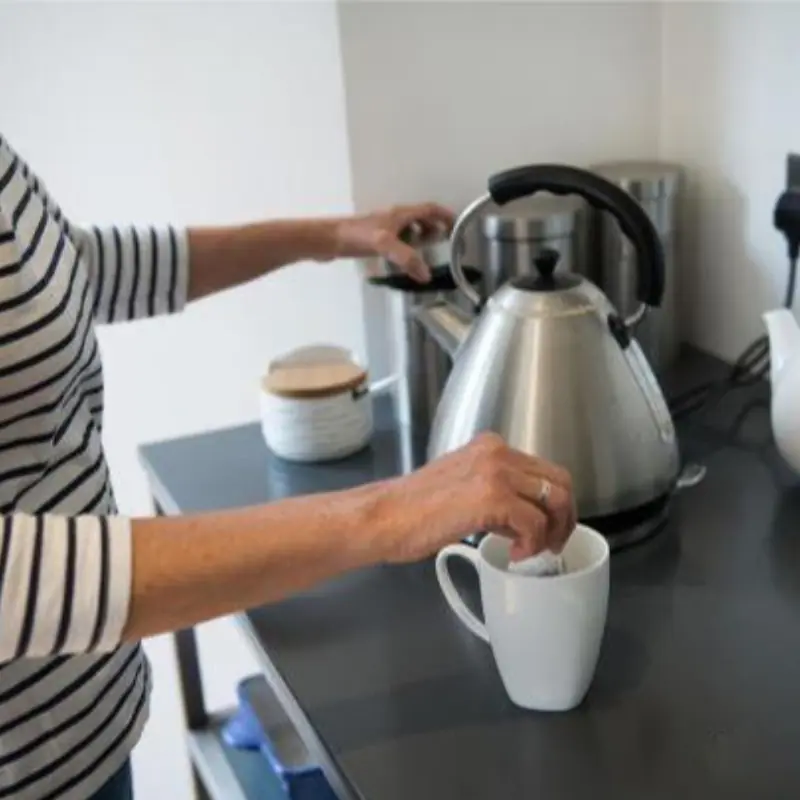
One Person Boils Water, the Whole Family Gets Cancer
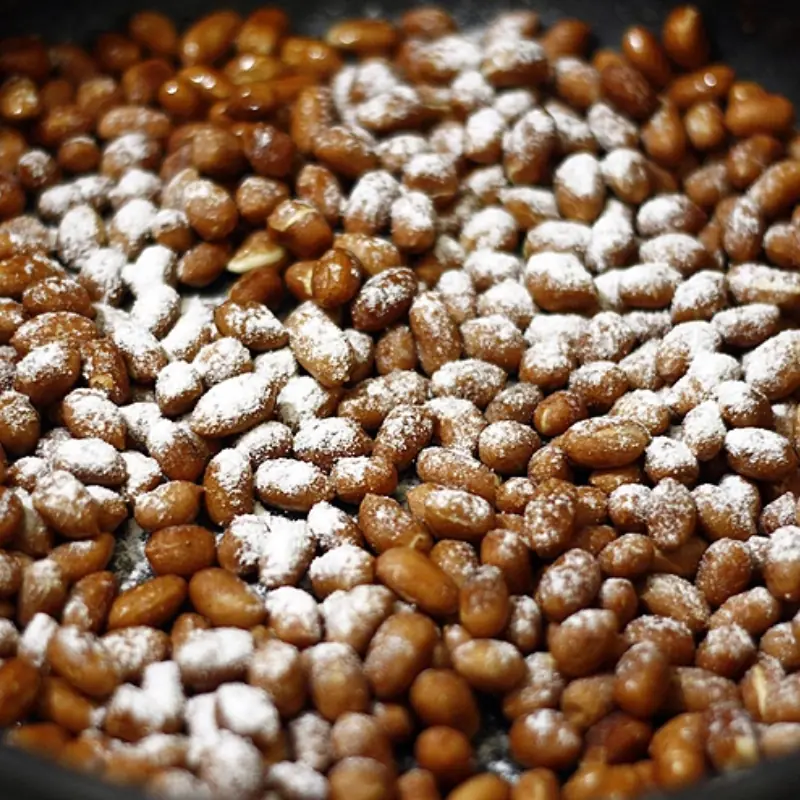
5 Foods That Seem Edible but Are Actually Harmful — Tell Your Parents to Throw Them Out
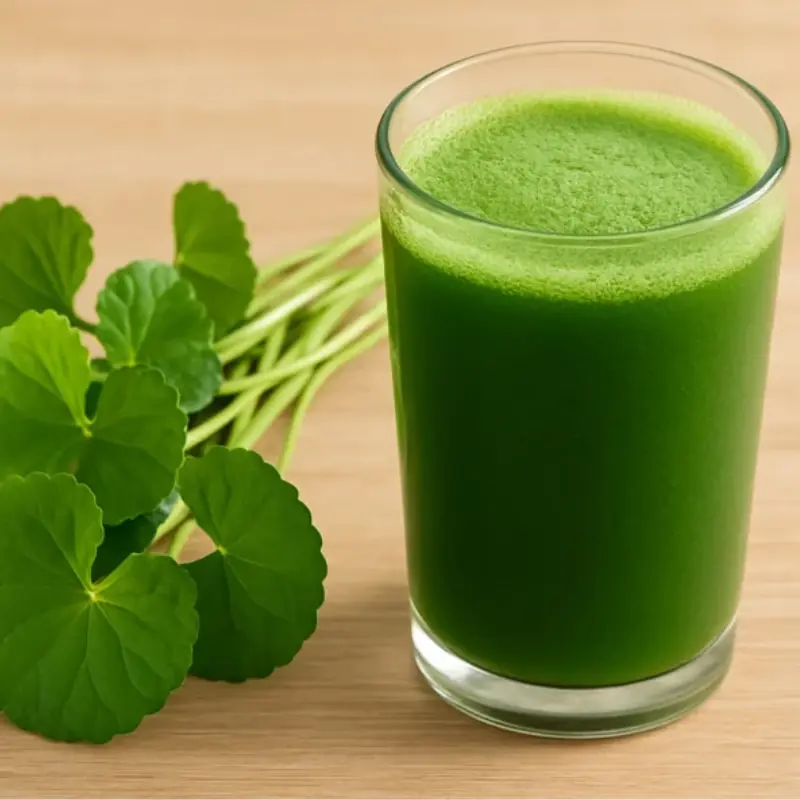
4 Familiar Vegetables That Naturally Detox the Liver and Are Great for the Whole Family
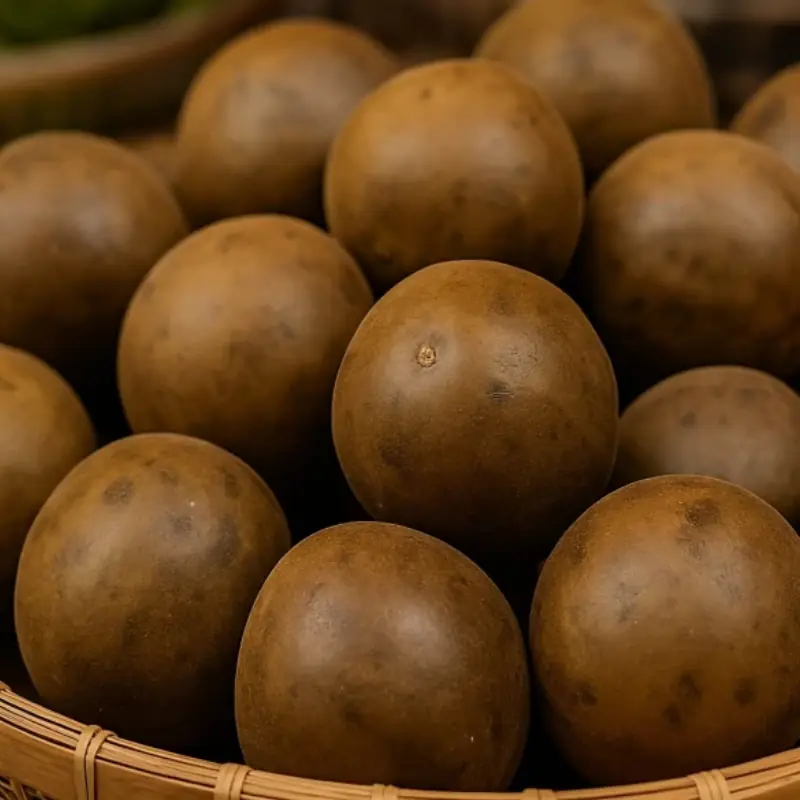
A Fruit That’s 300 Times Sweeter Than Cane Sugar, Doesn’t Raise Blood Sugar Levels, and May Help Prevent Cancer
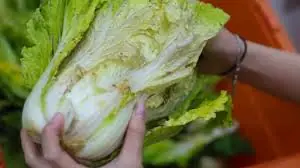
Have you set the temperature correctly?
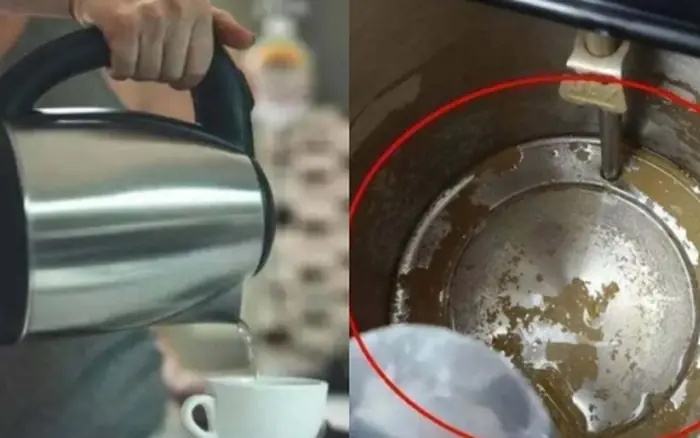
One Person Boils Water, the Whole Family Gets Can.cer? 3 Water-Boiling Habits That Secretly Pois.on Your Loved Ones
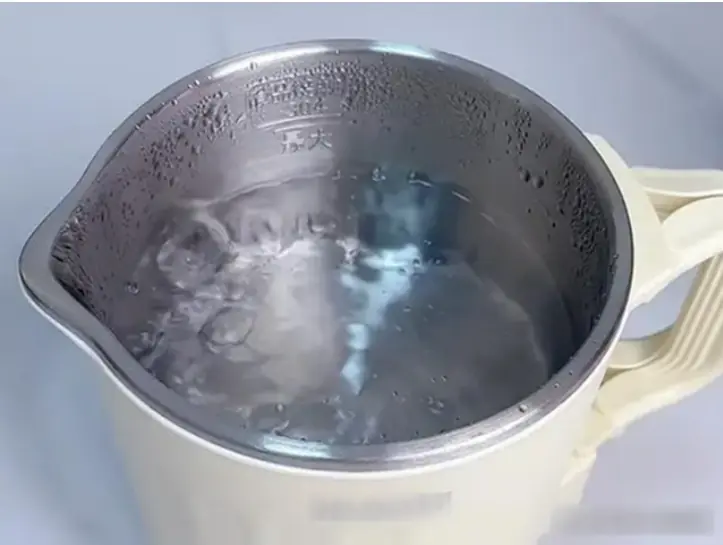
One person boils water, the whole family gets cancer? 3 water boiling habits that "poison" the whole family that many people don't know about

Doctors Reveal the Commonly Overlooked Body Part You MUST Clean Daily — Ignoring It Could Be Life-Threa.tening

2 cooking mistakes that "lead" to all kinds of cancer: Almost everyone makes them at least once in their life
News Post

3 Highly Nutritious Parts of a Pig: Don’t Hesitate to Buy Them When You See Them at the Market

Can you see all four ducks, or do you need 20/20 vision like me?

This 'Humble' Vegetable Contains 36 Times More Calcium Than Bone Broth

Can Covid-19 be transmitted through masks and clothes? The expert's answer is surprising
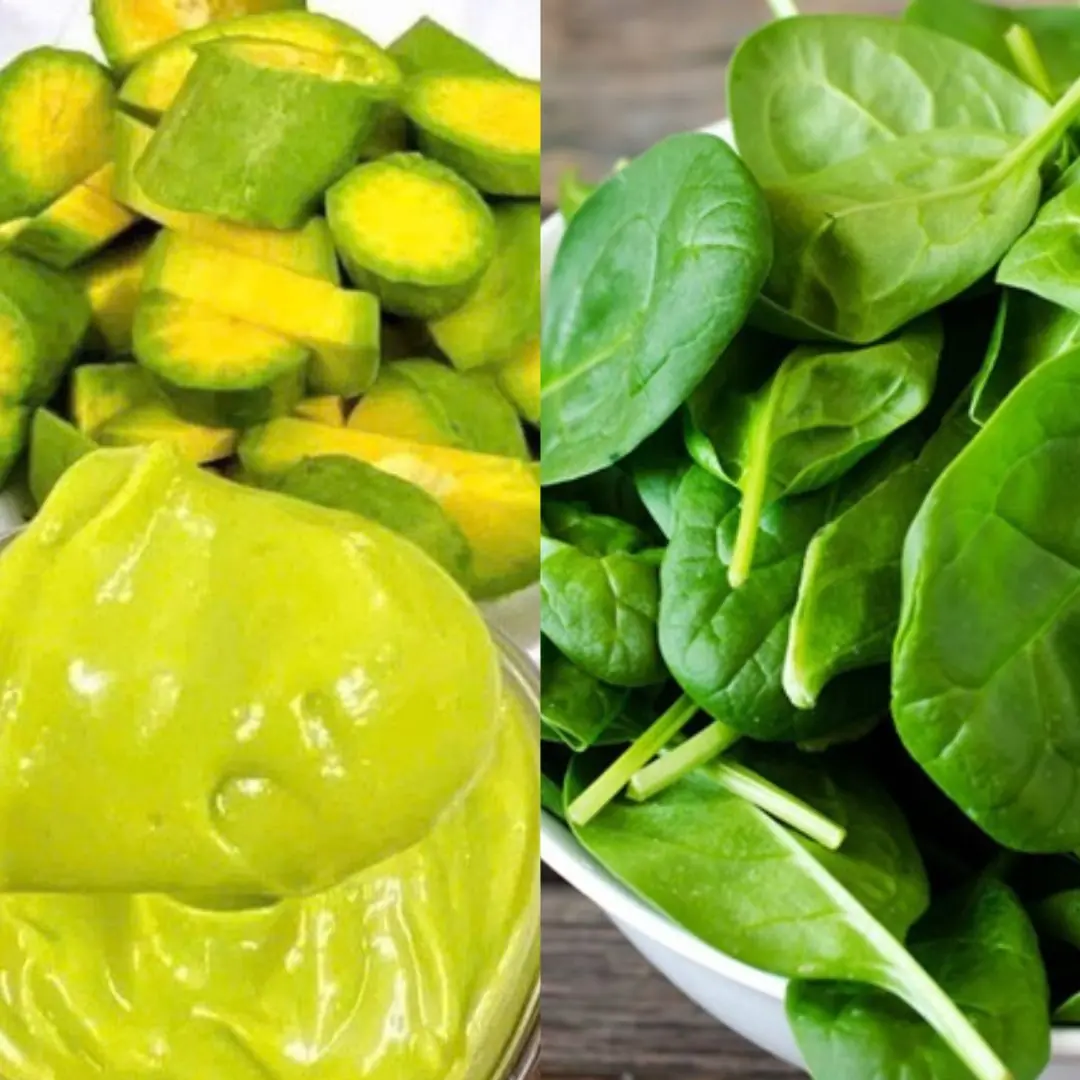
5 food and drink combinations that are good for both the liver and kidneys
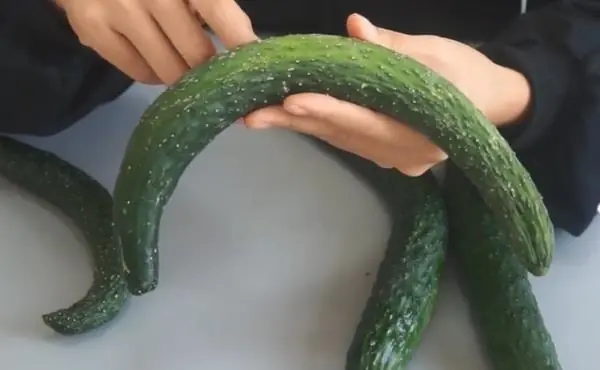
Are straight or curved cucumbers better? My mother's 40 years of experience growing vegetables is summarized in 3 things

Cousin Tribulation's Story
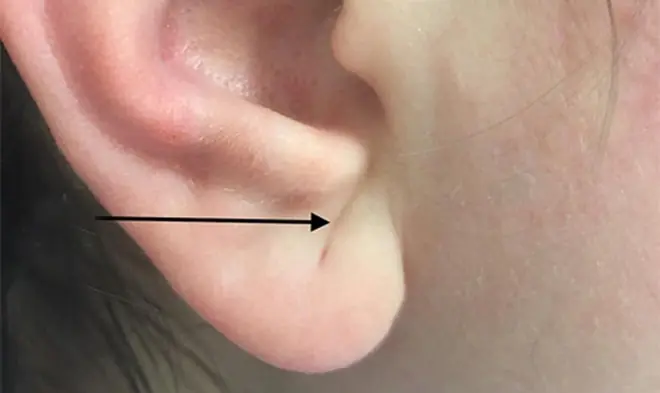
3 abnormalities that everyone thinks are skin problems but are actually trying to expose heart disease

When you go to the market and see these 4 items, you must consider carefully before spending money to buy them and bring them home
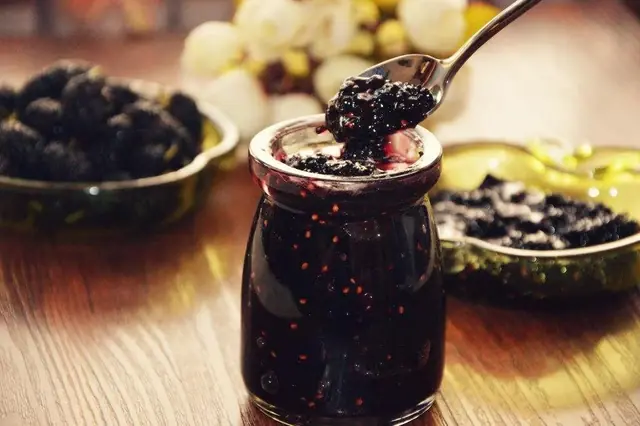
Doctors rate this as "the best fruit of the 21st century", better than ginseng, people grow a lot of it in the corner of their garden but rarely eat it.
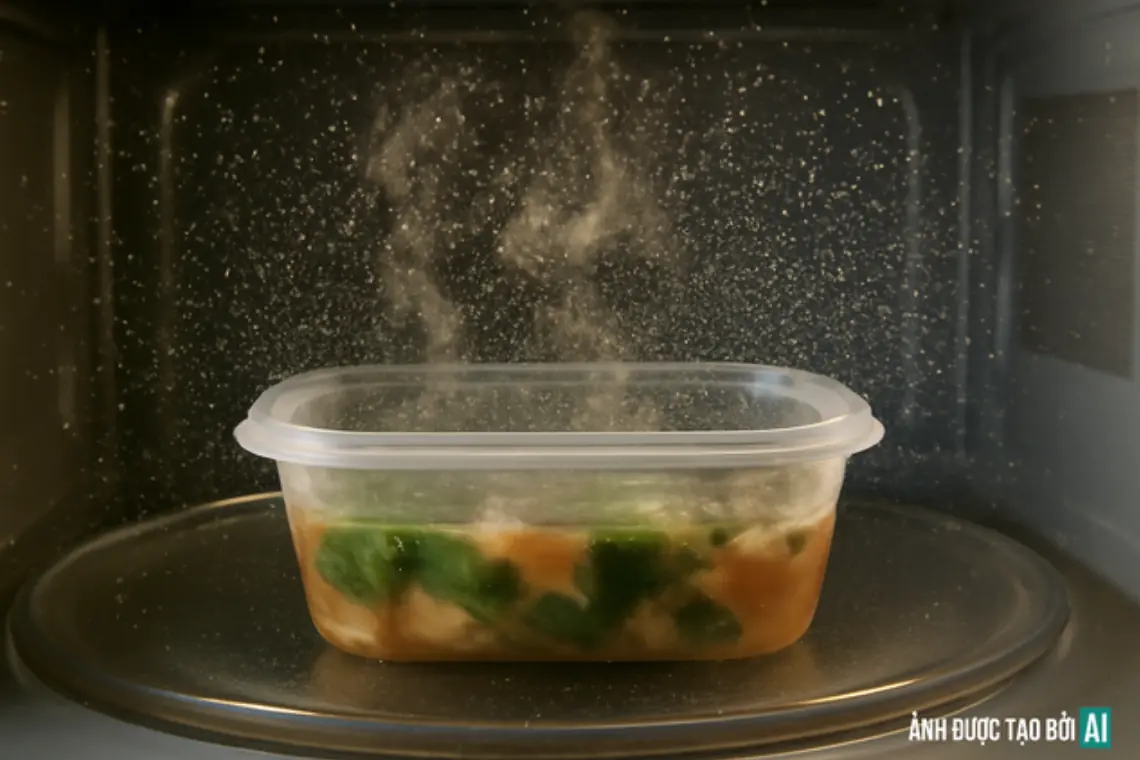
Warning about habits that contaminate food with more than 490,000 microplastic particles
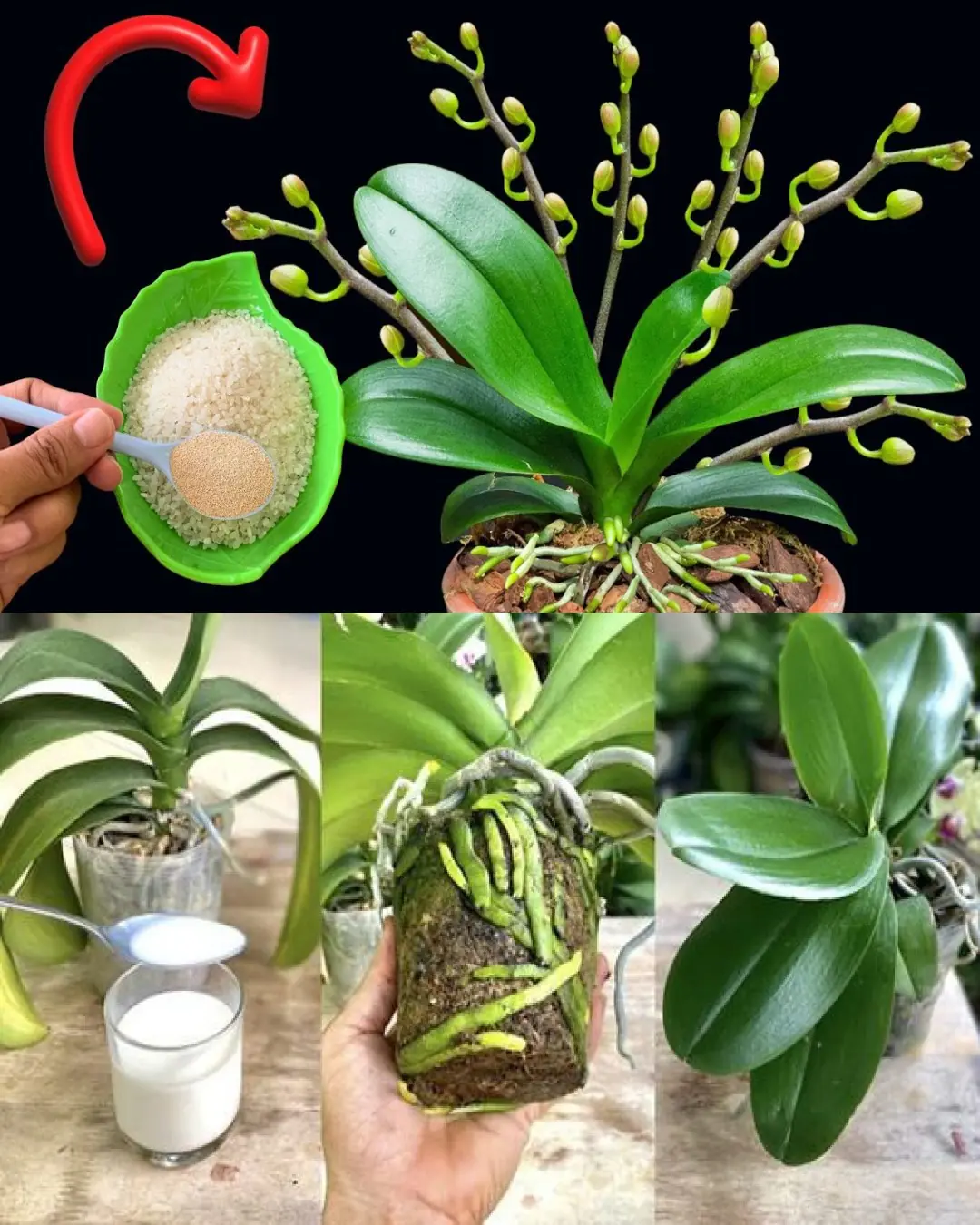
Master the Art of Growing Orchids: Expert Tips for Lush, Long-Lasting Blooms
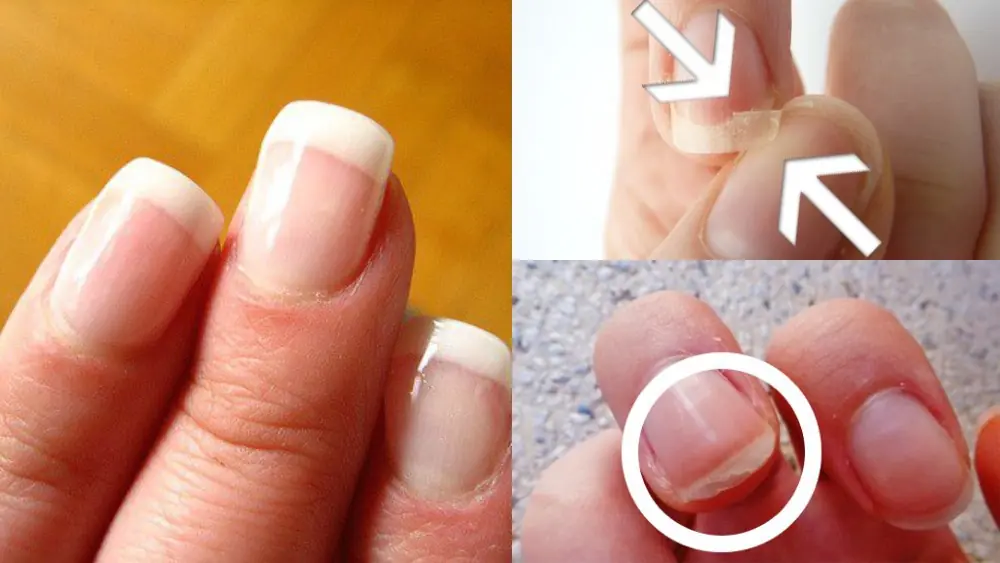
Look at your nails to detect health problems
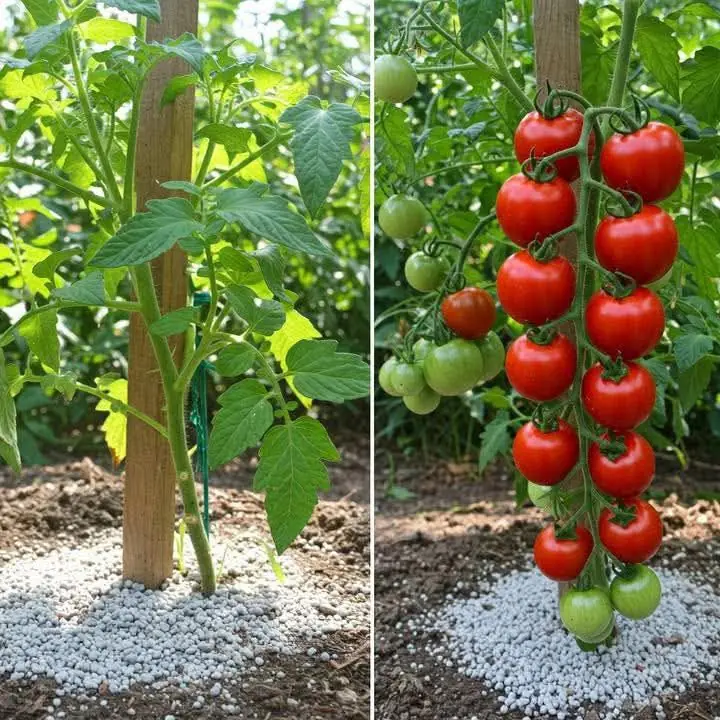
Plant Tomatoes Like a Pro: 8 Ingredients for Super-Sonic Growth

What happens if you hold in your fart?

The Romance of a Busy Broker

The Lumber Room
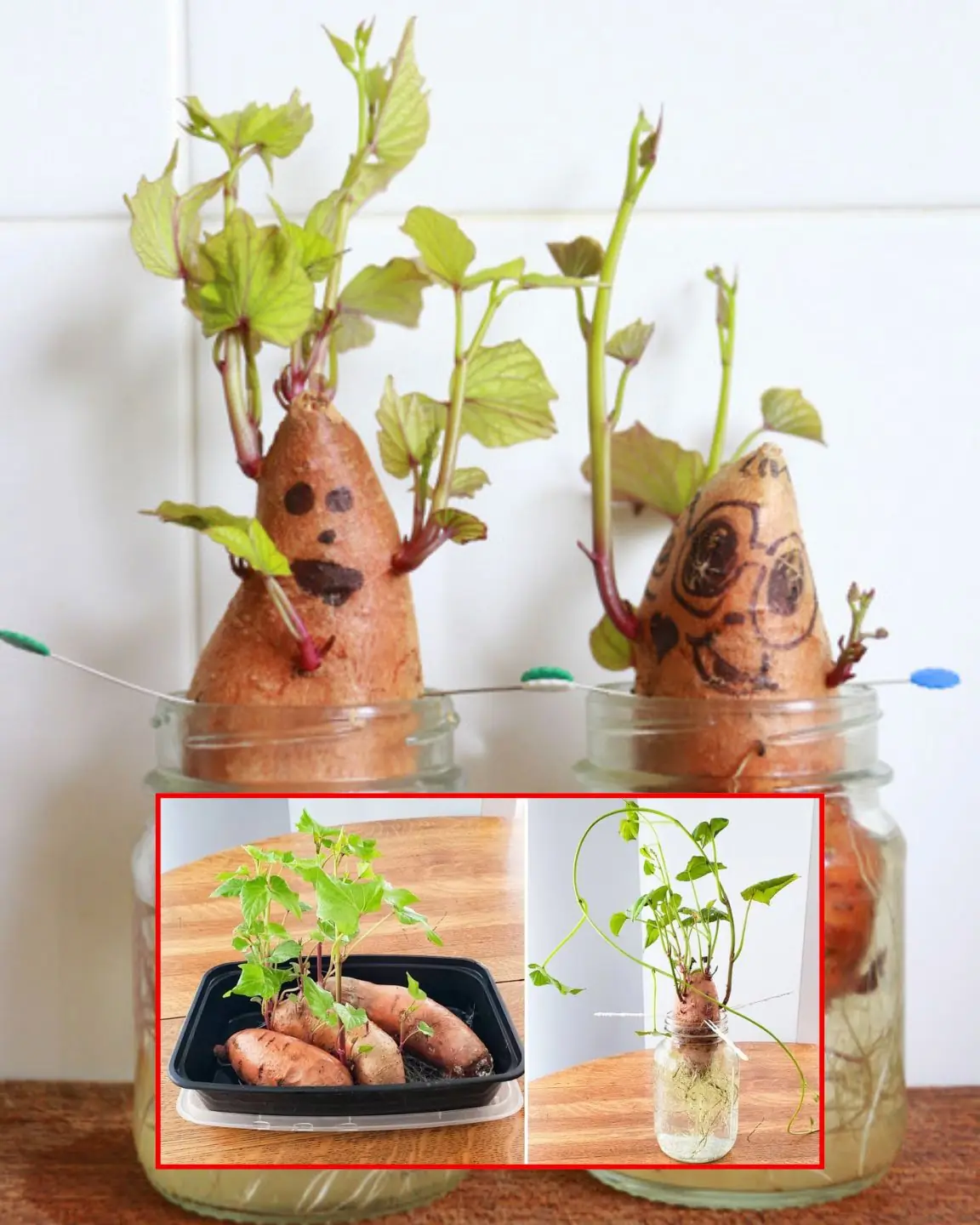
How to Propagate Sweet Potatoes to Grow New Slips
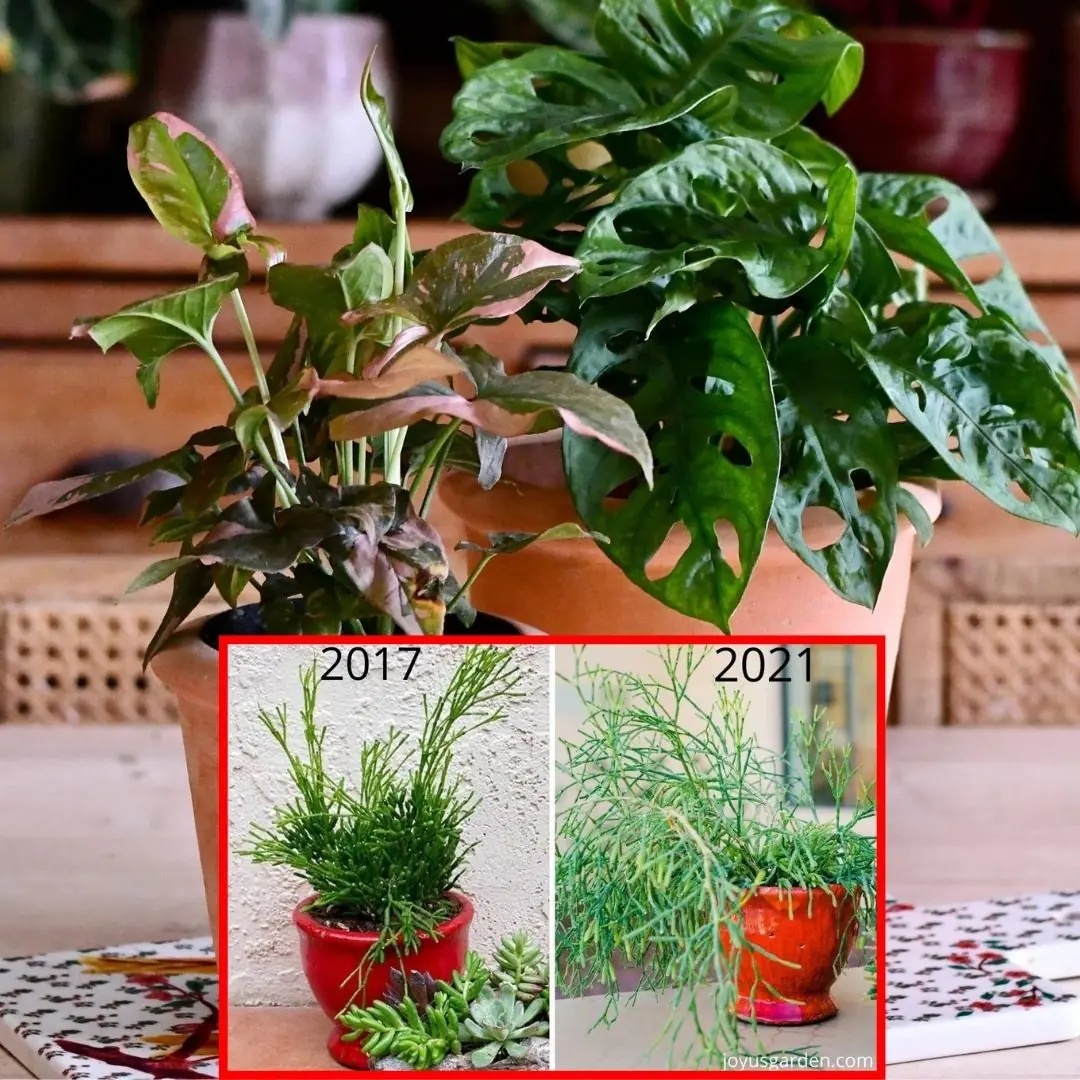
How to Plant Houseplants in a Pot Without Drainage Holes
